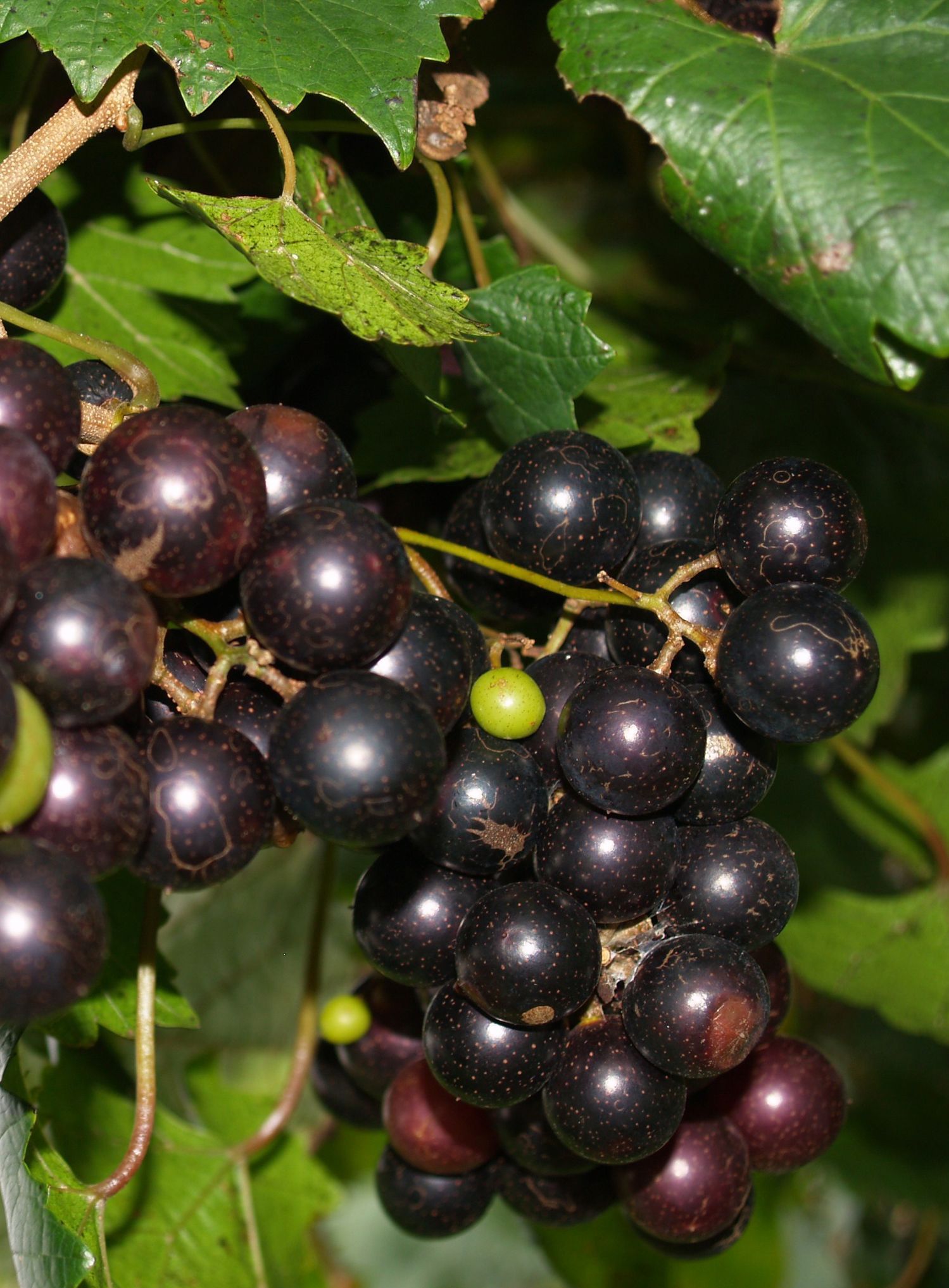Small fruits can be welcome addition
Published 12:00 am Friday, February 21, 2014
SALISBURY — Many gardeners are opting to mix small fruits in their landscape to create an edible landscape. Blending edibles with landscape plants isn’t necessarily a new practice. The use of edible plants intermingled with ornamentals dates to medieval monasteries known to include fruits, vegetables and herbs as part of their landscape.
Edible landscapes, if properly maintained, can be as attractive as an ornamental landscape. Healthy eating and the local foods movements are also a motivating factor for an edible landscape.
Small fruits integrate well as a major part of an edible landscape. If you want to add some, you should consider blueberry plants. The dual-purpose shrub possesses both aesthetics as a border planting or a screen, as well as producing ample supplies of delicious fruit.
Blueberries also produce antioxidants beneficial in reducing many types of cancers.
There are three main types of cultivated blueberries grown in North Carolina, although rabbiteye type is recommended for the Piedmont. Tifblue, Powderblue, Woodard and Climax are just a few of the named varieties that adapt to our growing conditions.
An acid-loving plant, blueberries need growing conditions similar to azaleas, camellias and rhododendron. Well drained, low pH organic soils are preferred for maximum growth and development. These plants also need full sun with an ample supply of water during droughts.
Muscadine grapes are another small fruit that can easily integrate in the landscape. Those with fences or trellises can easily incorporate muscadine grapes and other vining crops such as hardy kiwi or raspberries. Muscadine grapes are easy to grow and little or few pest problems.
Figs are gaining popularity as a small fruit in home gardens and can be successfully added to the landscape. Planted in a protected location, figs can provide ample supplies of fruit for jams or jellies or eaten as a fresh fruit.
Growing small fruits in the landscape have a few basic requirements that are very important for most plant growth and development. One requirement that seems to be trouble for most homeowners is availability of sunlight. Small fruits need full sun or at least eight hours each day. Unfortunately, many landscapes are heavily wooded limiting growth and production capabilities. So, if you have a shady landscape, small fruits production will be hampered significantly.
Be prepared to provide extra maintenance. Grapes and most cane berries such as blackberry or raspberry vines require annual pruning.
These vines are aggressive and need pruning every spring and often in the summer.
Most small fruits grow aggressively, requiring annual maintenance.
These plants may also require some pest control. Blueberries, grapes, figs and other berry crops have few pests, but are not immune.
Ripening fruits will attract many insects and some diseases. Be prepared to cope with these problems.
Darrell Blackwelder is county Extension director Rowan County Center, North Carolina Cooperative Extension; call 704-216-8970. rowan.ces.ncsu.edu.





